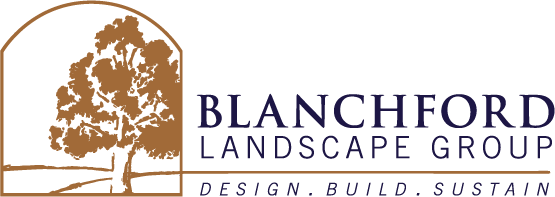Here in Southwest Montana, wildlife is abundant and must be an important consideration in the landscape design. Backyard wildlife is one of the exhilarating and wonderful aspects of having a home here in Montana. Whether it be elk, moose, mule deer, or even just a wide variety of birds, those that reside here know that they are sharing the land with many wonderful creatures that roam.
But that also means thinking about how to make your backyard wildlife-friendly.
There are so many considerations that must come into play to create a space that is not only safe for the wildlife but also beautiful—and that won’t be completely decimated by these animals.
We’ve rounded up some important points to consider as you think about wildlife-friendly landscaping. While not every landscape contractor will take the time to think through all of these points, they’re very important when it comes to getting the most out of your Southwest Montana landscape.
Wildlife-Friendly Landscaping Needs to Protect the Local Wildlife and Ecosystem
A wildlife-friendly landscape design should achieve multiple goals. It should protect wildlife, achieve beauty for you, and be designed and installed in a way that it won’t be ruined by wildlife.
First, let’s talk about how it should protect wildlife. The last thing that you want is to install plants that could be harmful or toxic to local wildlife. That’s why important consideration should be taken as to what plants are being installed.
You also have to think about whether you are introducing non-native or non-local food sources that can disrupt the natural food chain. There are invasive plant species that can be incredibly problematic when introduced.
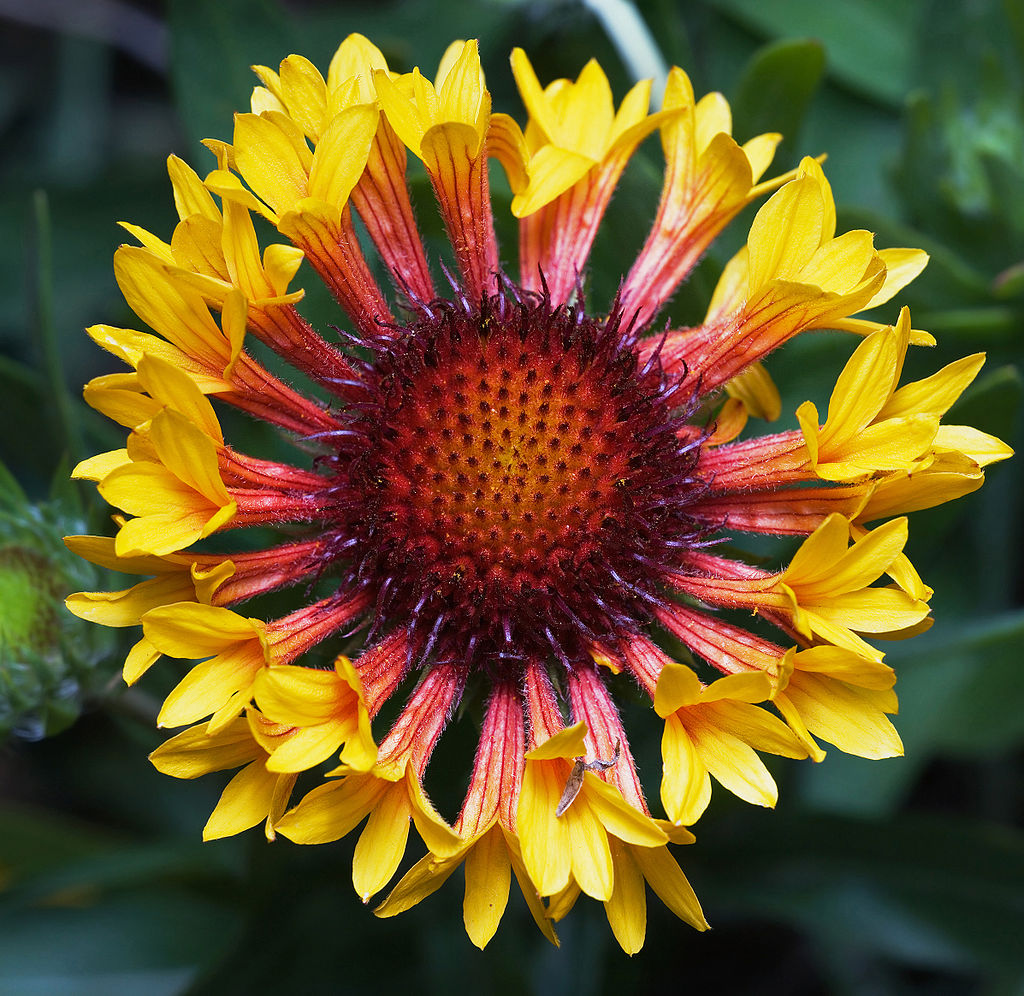
As much as possible, we are working with native plants, which are the best possible choice for your landscape. The use of native plants, which are well-adapted to the conditions and do not need a lot of extra care, is a wise choice. They come with a number of environmental benefits.
Along with that, we must also think about eco-friendly practices such as water use, so that we are minimizing water waste.
All of these measures are important steps to protect the local wildlife and natural habitat.
A Wildlife Friendly Landscape Design Needs to Include Wildlife Control Solutions
Of course, in addition to protecting the local wildlife, you must also think about protecting your landscape. As we’ve mentioned, one of the wonderful things about living in Southwest Montana is the access to nature and backyard wildlife. But that can become problematic if your entire landscape is being destroyed.
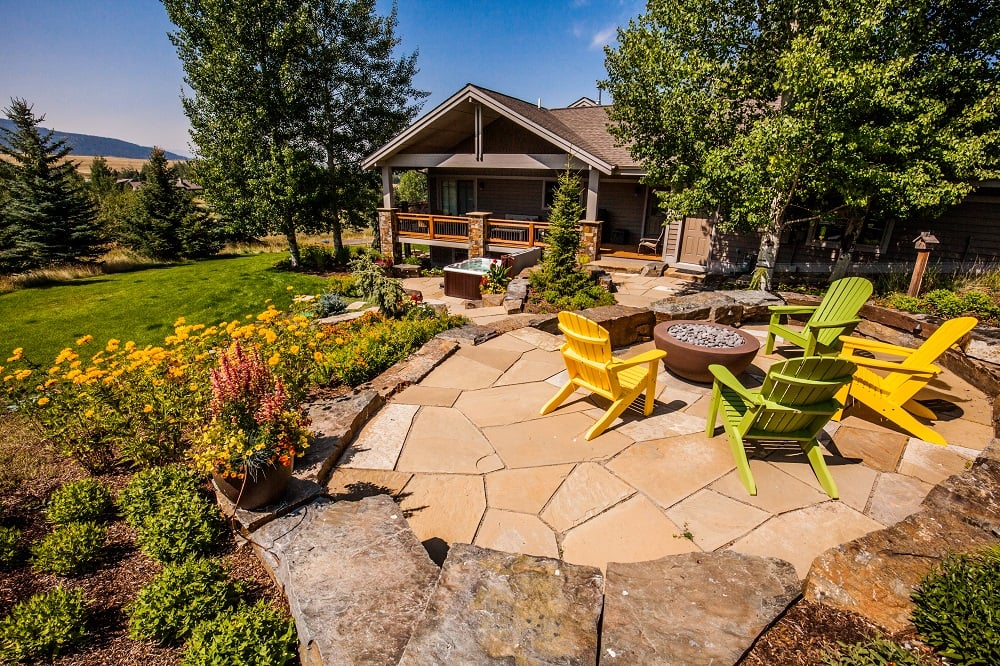
In creating a wildlife-friendly landscape design, we think a lot about how local wildlife will be able to “use” the space without causing damage. It’s a given that on many properties, animals are going to roam and make their way into the landscape. So, how can we ensure they don’t completely destroy what’s there.
The answer is going to be different for each and every property, which is why it’s so important that custom solutions are developed.
One relatively simple solution is to think about the plant material that is utilized. We have written an entire article on deer-resistant plants, shrubs, and trees, which are less likely to be munched on by roaming creatures. While there is no plant that is truly 100-percent deer-proof, there are definitely choices that are less likely to be eaten than others. So, taking some care in making those selections is one potential solution.
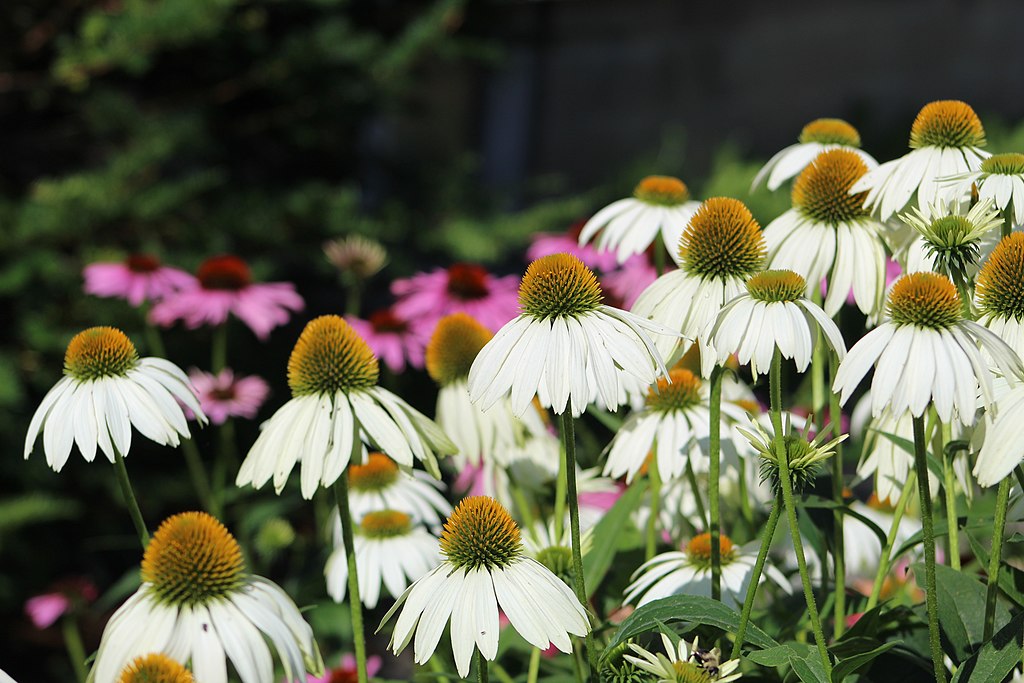
But oftentimes, that’s not enough.
There is a tremendous amount of thought put into a true wildlife-friendly landscape design that should help mitigate damage in the first place. Where on the property the plants are installed can make a huge difference. Oftentimes there are areas that might not be easily accessible by wildlife, making them a good location for planting.
Other considerations surrounding the best planting choices should also be made. For instance, a habitat that has a lot of elk or moose is not going to be a great location for a lawn, which could get easily ruined by hoof prints. Instead, we might choose a native wildflower meadow in that location.
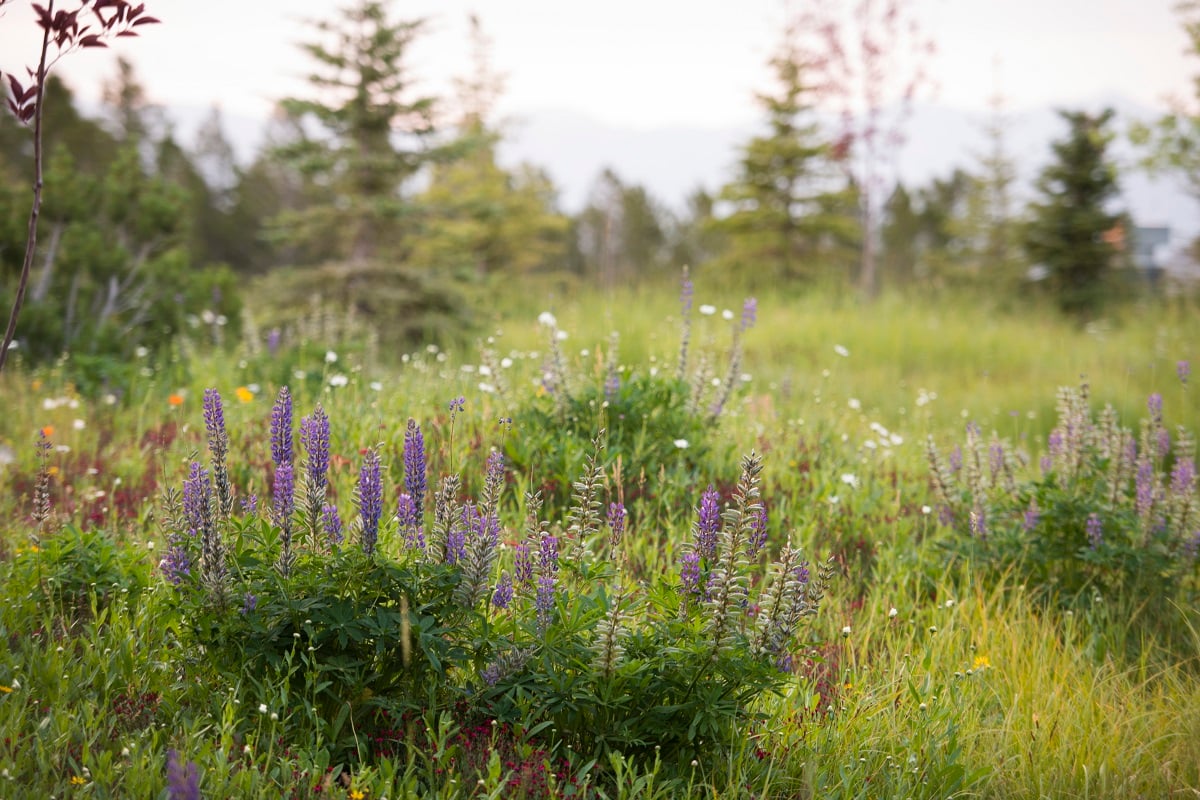
Different times of the year can also mean different solutions.
As winter approaches, the landscape must often be prepared to avoid wildlife damage. Landscape plants are much more likely to become a “meal” when food sources become scarce in the winter. But it’s not just animals eating the plants that can be a problem. When animals like deer rub their antlers on your trees, they can strip away the bark and cause severe (sometimes irreversible) damage.
This is why we often cage trees and wrap shrubs as we prepare for the winter. These are important landscape maintenance services that can be part of your overall plan to maintain a wildlife-friendly landscape design.
A Wildlife-Friendly Landscape Design Should Still be Beautiful
Of course, the whole reason that you want a landscape design in the first place is so that you can enjoy the beauty of the great outdoors. While you want your landscape to be safe for the animals, and not to be decimated by them while they’re passing through, you also want it to be aesthetically pleasing.
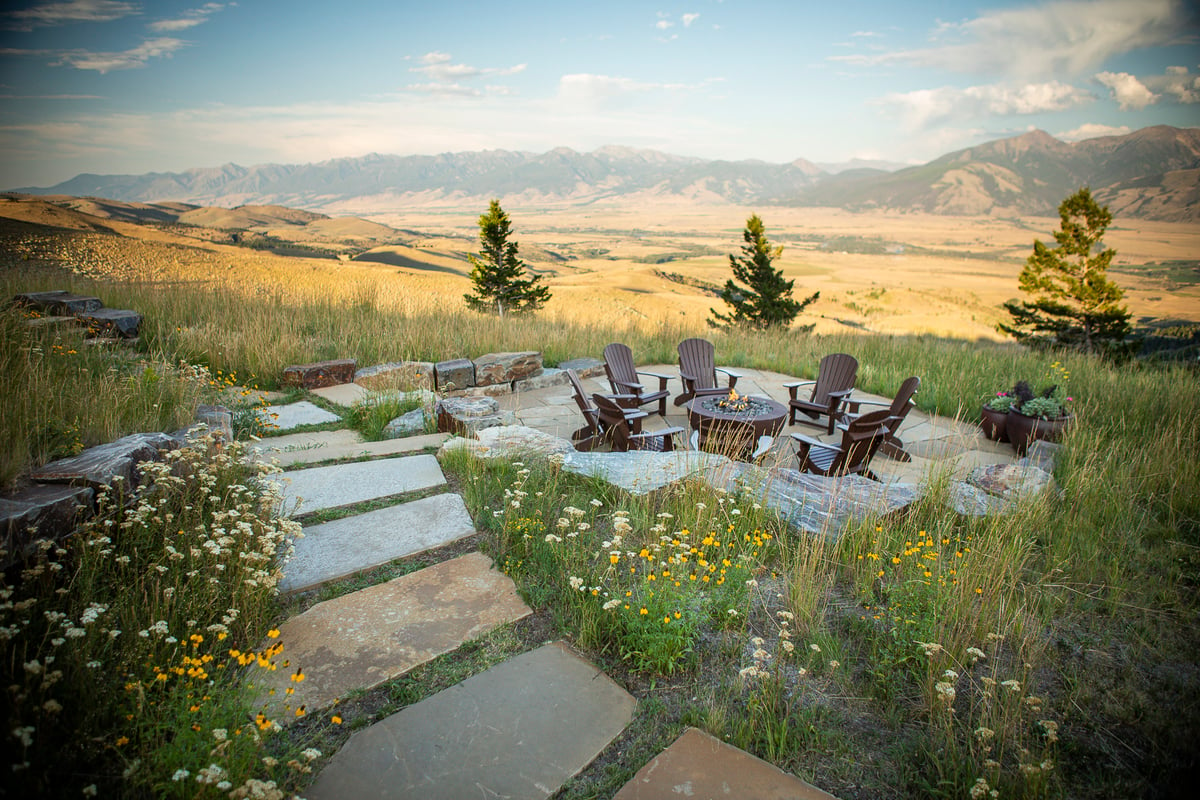
All of this comes down to good landscape design. At Blanchford Landscape Group, we believe that it’s incredibly important to be able to create beautiful spaces that check all of the boxes in terms of being wildlife-friendly but don’t mean you have to sacrifice beauty in the process.
By making smart plant choices and laying them out in a considerate way, we are able to achieve the best of all worlds for our clients.
Choosing a Company to Make your Backyard Wildlife-Friendly
As you can see, making your backyard wildlife-friendly is an involved process. It is a multi-pronged approach of making sure that your landscape is safe for the local animals—but also safe from them, too.
Plus, you also want the landscaping to be beautiful, as we mentioned above.
It’s a tall order! In all reality, achieving all of this can be complicated and it definitely takes a landscaping company that is up to the challenge.
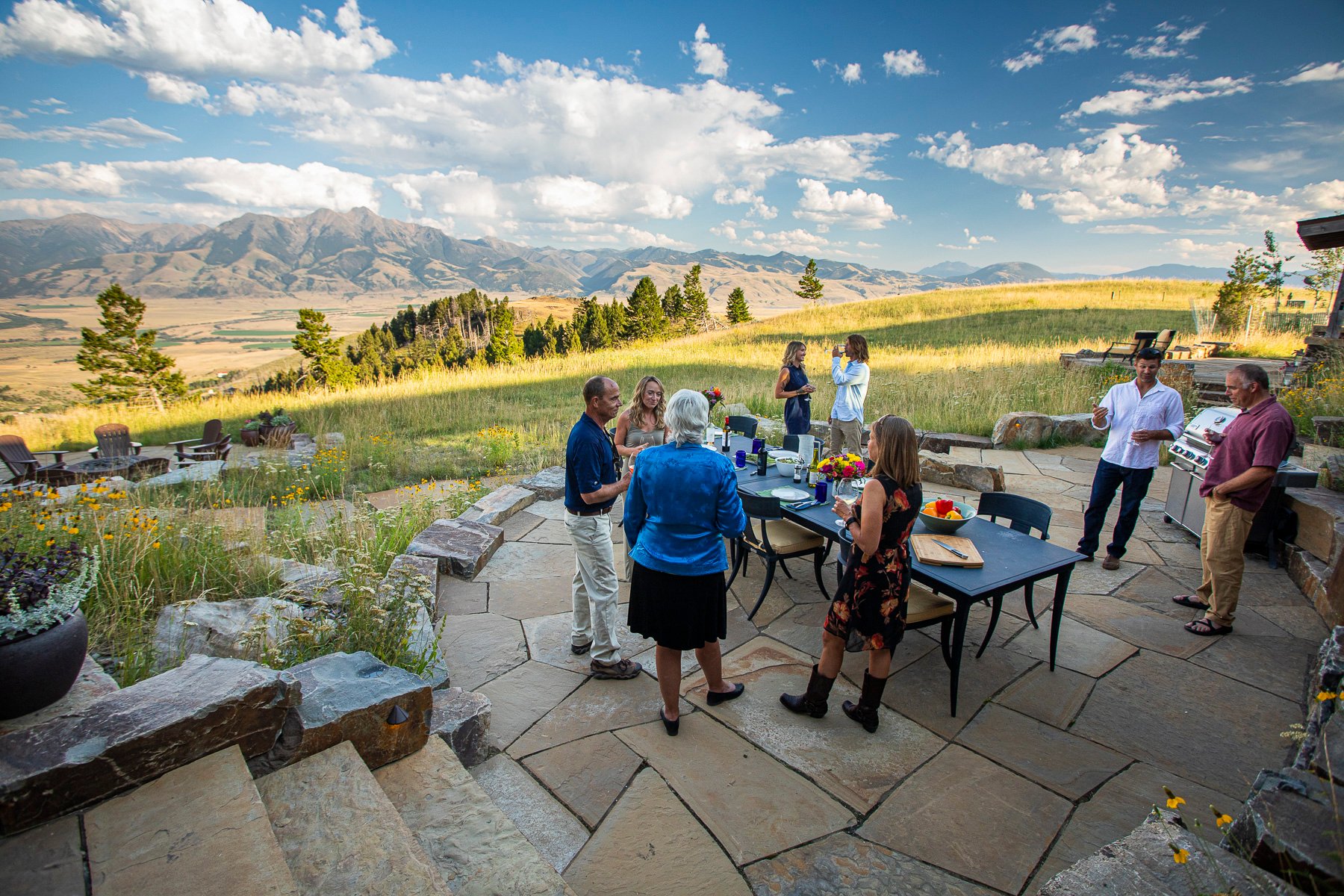
But we believe it is something that is fully achievable.
At the end of the day, with enough forethought and planning, you can have a beautiful landscape that will not be destroyed by the local wildlife. Both should be able to coexist in a way that helps you to get the most possible enjoyment out of your property (without harming the local ecosystem in the process).
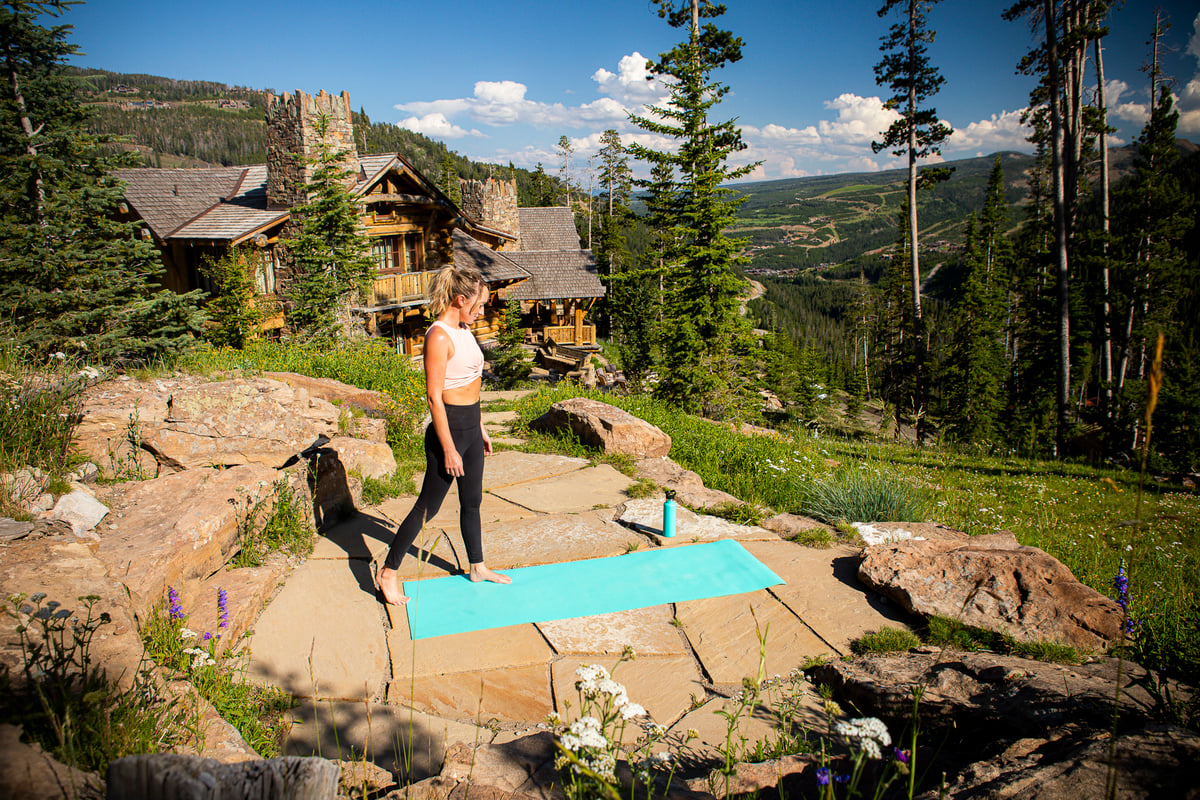
But you can see that there is a tremendous amount of planning that goes into it, starting with the design phase and transitioning into maintenance. After all, it’s not something that you can become complacent about. As your landscape grows and evolves, and the wildlife in the area changes, new solutions may need to be devised.
Working with Blanchford Landscape Group for Wildlife-Friendly Landscaping
At Blanchford Landscape Group, we take wildlife-friendly landscaping very seriously. It’s not uncommon for our brainstorming sessions to include multiple experts from the team, all devising the best solutions for each of our client’s individual properties. These are well-thought-out designs and maintenance plans (not something that is just thrown together).
While not all landscaping companies are going to put this much work into thinking about wildlife-friendly landscaping, we believe it’s vital. Not only do we want to do our part to protect the local ecosystem, but we want to help ensure that our clients are able to get the most possible use and enjoyment out of their new outdoor living spaces. The only way to achieve this is by paying attention to the local animals and ensuring that the landscapes we incorporate are best for every person (and creature).
Are you ready to begin the process of creating wildlife-friendly landscaping at your Bozeman or Big Sky, MT home? Let’s connect and talk about your project. Then, we can meet and begin talking about your ideas. We can’t wait for you to enjoy your beautiful outdoor space!
Image Source: Gaillardia, Echinacea
